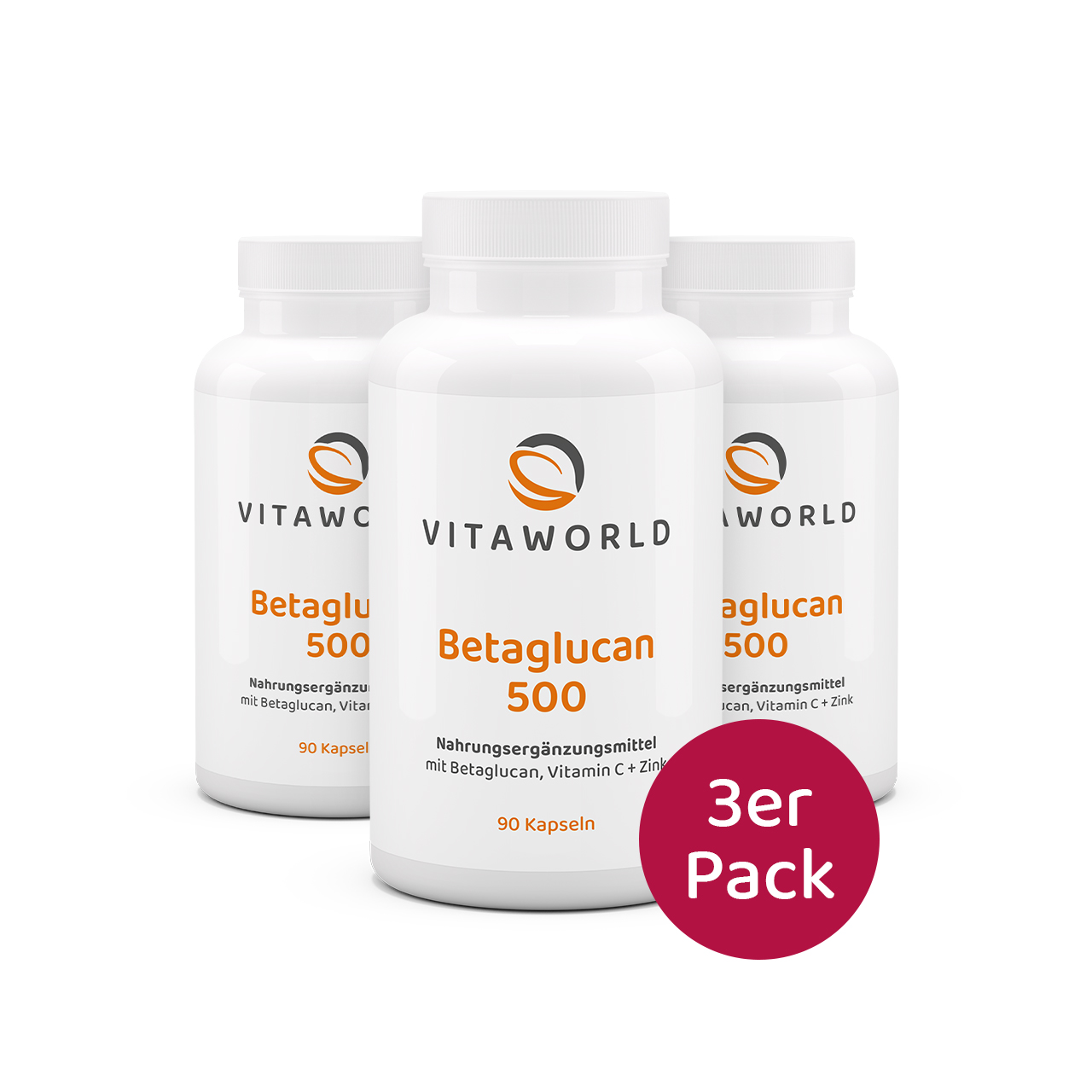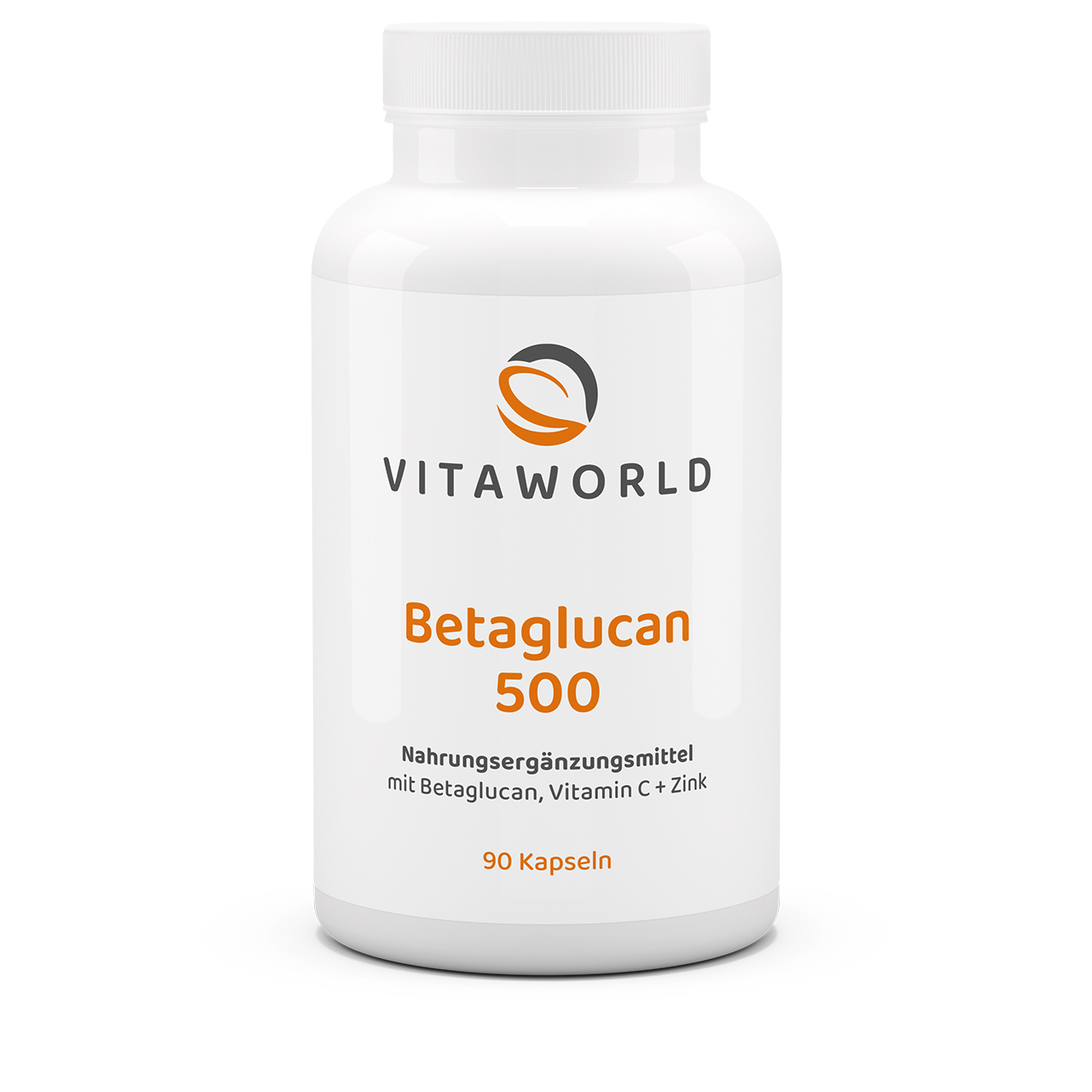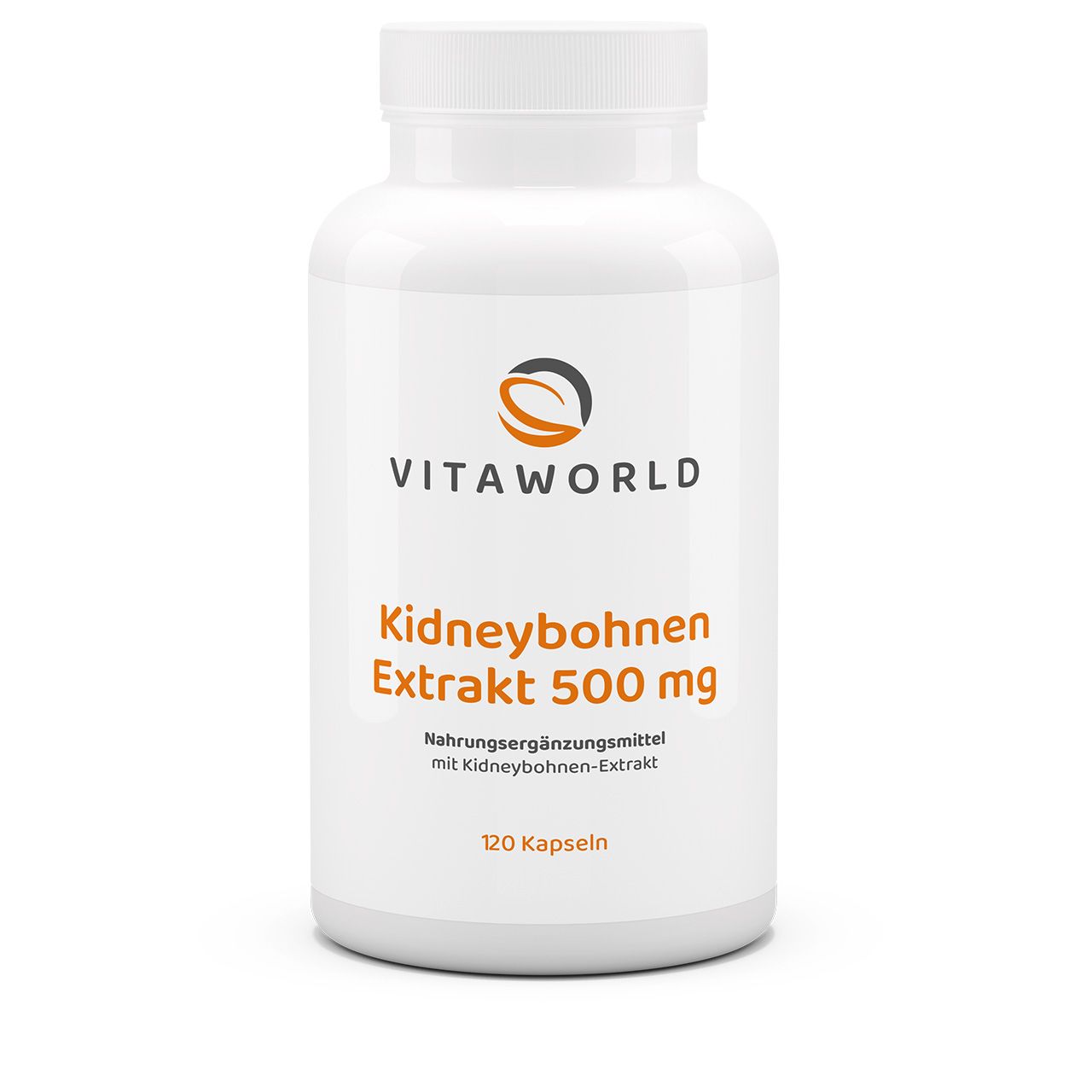Filter products
Fibre

- Naturally strong – beta-glucan with vitamin C & zinc
- 500 mg beta-glucan – plant-based & high-dose
- Effective synergy – beta-glucan optimally supplemented
Content: 0.212 Kilogramm (€230.66 / 1 Kilogramm)

- Naturally strong – beta-glucan with vitamin C & zinc
- 500 mg beta-glucan – plant-based & high-dose
- Effective synergy – beta-glucan optimally supplemented
Content: 0.0705 Kilogramm (€253.90 / 1 Kilogramm)

- Natural phaseolin from kidney beans – rich in fibre and protein
- Zinc contributes to normal carbohydrate metabolism
- With vitamin C – the ideal supplement for your daily diet
Content: 0.0797 Kilogramm (€174.40 / 1 Kilogramm)

- 10 billion lactic acid bacteria from 10 strains per capsule – diverse & specifically combined
- Gastric juice-resistant encapsulation – for safe passage to the intestines
- With prebiotic inulin – plant-based fibre to supplement your daily diet
Content: 0.0452 Kilogramm (€396.02 / 1 Kilogramm)

- 10 billion lactic acid bacteria from 10 strains per capsule – diverse & specifically combined
- Gastric juice-resistant encapsulation – for safe passage to the intestines
- With prebiotic inulin – plant-based fibre to supplement your daily diet
Content: 0.0271 Kilogramm (€512.92 / 1 Kilogramm)
